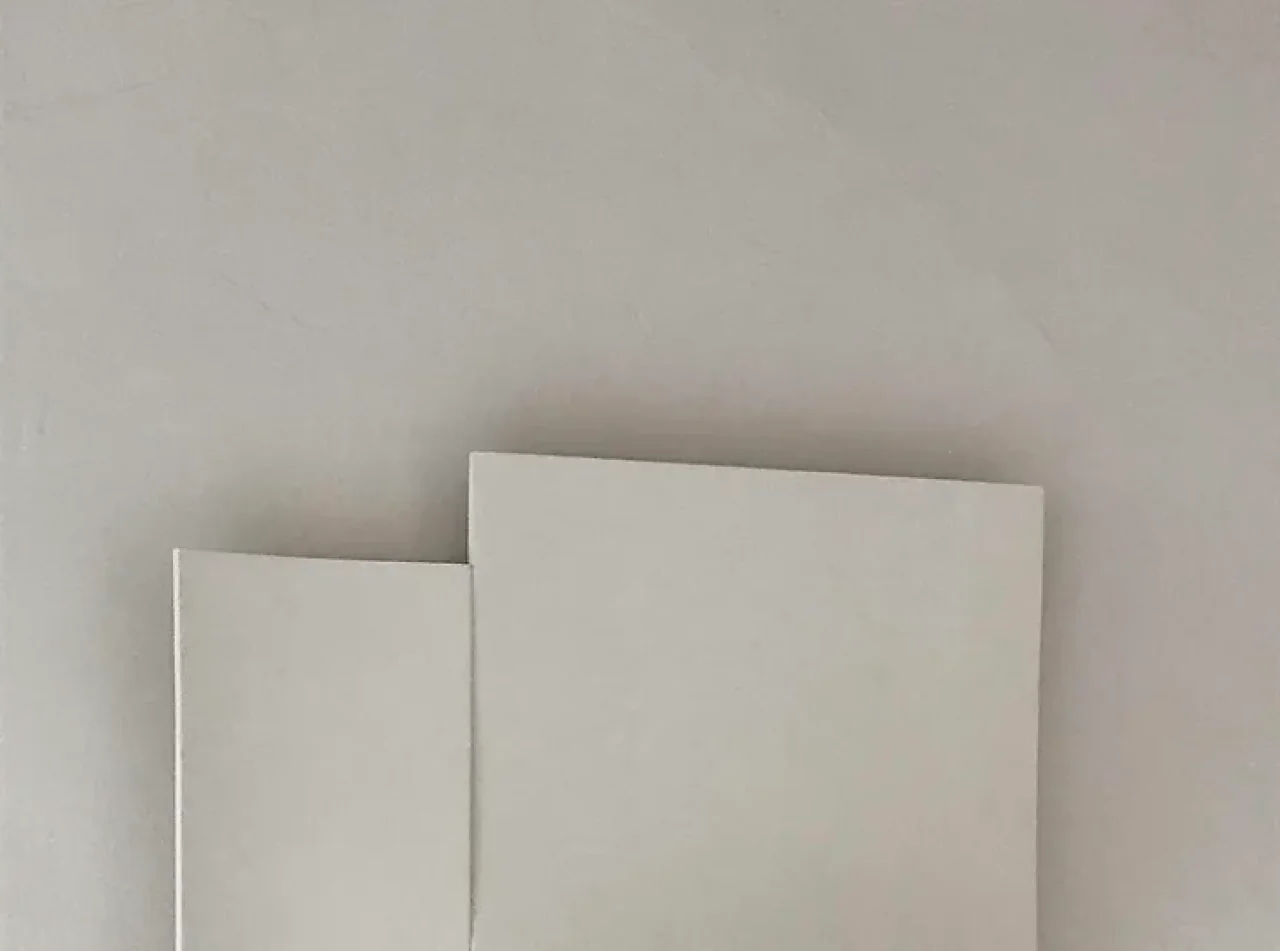‘Low-carbon’ and ‘carbon negative’ concrete - are the claims real?

You’re probably familiar with the colossal carbon footprint associated with cement-based concrete. Estimates range - but the production of Portland cement accounts for between 2-5% of the world’s energy consumption and between 7-10% of global CO2 emissions.
Most of the energy and CO2 emissions related to concrete come from the production of Portland cement - the binder material that mixes with sand, gravel and water.
But producing Portland cement not only involves quarrying - causing airborne pollution in the form of dust - it also requires the use of massive kilns, which require large amounts of energy.
With the construction industry under huge pressure to decarbonize, several companies have sought solutions to reduce the environmental impact of concrete - with many now claiming to have pioneered ‘low-carbon’ or ‘carbon negative’ concrete.
But if you scratch under the surface of some of their claims - all is not what it seems. As this blog will reveal.
To be clear: all innovation in this space should be celebrated and welcomed. However - with climate change representing an existential issue to many communities around the world - it’s vital to have our facts straight on what technologies can truly create an impact.
What technologies exist today?
At a very high-level - there are currently two core categories of climate innovation within the concrete space.
The first involves the continued use of Portland cement as a binder.
Some companies seek to mitigate or reduce their CO2 impact by using renewable energy to power their kiln, or by injecting CO2 directly into their concrete mix. This process is referred to as ‘Carbon Capture Utilization and Storage’ or ‘CCUS’ for short.
Those using CCUS or renewable-fuelled kilns hope to make their concrete ‘less bad’ for the environment.
The second type of innovation involves the utilization of alternative binders, with several companies - including Partanna - now using a different process and materials to produce a binder that performs the same function as Portland cement.
At Partanna - our technology stands out because:
We do not use any Portland cement, so avoid all emissions and pollution associated with its production.
We remove CO2 naturally using the power of chemistry. As our core materials mix at room temperature, they unlock new chemical compounds that react with CO2 and absorb them into our mix.
We use waste materials to produce our mix. One of those is brine - a byproduct from the desalination industry which causes significant damage to marine ecosystems.
Cement production uses up 2% of the world’s freshwater. We don’t use freshwater.
Our concrete products get stronger when they are exposed to seawater. This makes our innovation a mitigation and resilience solution to communities exposed to climate change.
Our innovation is globally scalable and we are now delivering to customers around the world
To see how others' solutions compare, let’s dive into the two categories of innovation that exist today.
1: Renewable kilns and CCUS
One of the most common strategies to decarbonise hard-to-abate sectors involves CCUS. But what is CCUS technology?
Capturing CO2
First, let’s focus on the misconceptions around capturing CO2. You typically accomplish this task via amine scrubbing, which is considered to be one of the most efficient carbon capture technologies on the market. Being alkaline, amines attract the acidic CO2 molecules carried by the flue gas emitted by cement plants. Thanks to this affinity, amines transfer carbon dioxide into the liquid phase. Although amines are excellent at catching CO2, there’s a catch. Their regeneration is highly energy-intensive.

Once isolated from the other exhaust gasses, CO2 has to be compressed before being transported somewhere. Moved via pipelines or other modes of transport (trucks, ships, trains), the pressurized greenhouse gas (GHG) reaches wells, where it’s injected for enhanced oil recovery (EOR), or permanent storage locations. Needless to say that you need electricity-guzzling pumps and/or polluting vehicles to perform these operations.
When not used for any applications, CO2 is trapped into a self-proclaimed carbon-negative concrete produced by companies such as Carbicrete, Carboncure, Carbonaide, and Solidia. However, as explained above, dubbing this concrete as carbon-negative would translate into greenwashing. And it’s not only Partanna saying this.
A recent study revealed that most large-scale carbon capture projects have underperformed. Even when keeping their capture promises, CCUS are not as clean as you would think. When conducting a life cycle assessment (LCA) of a lignite power plant, researchers found that the emissions reduction ensured by carbon capture and storage processes came at the expense of an increase in energy consumption. The trouble is that the additional power needed is mostly provided by fossil fuel sources. Aside from a high power demand, building the CCUS infrastructure bites into the planet's land, thus driving deforestation and threatening food security. Think that removing 1Gt of CO2 per year, which is a climate-significant scale, would take up an area 10x the size of Delaware. So, when looking at the full picture, the climate benefits of this technology are clearly lower than those claimed.
The other type of innovation in our space involves the use of renewable energy to power kilns. To be clear - there’s some interesting innovation in this space. The central challenge is the vast amount of heat required - with kilns needing temperatures of around 1400° C. To date - even electric kilns struggle to achieve anything like this level of temperature.
It’s also worth noting that even with electrified kilns, CO2 is still released during calcination. And by utilizing Portland cement, the energy-intensive quarrying process still needs to occur.
We salute all innovation in this space - but it’s clear that through these technologies, all that can be achieved is a ‘Less Bad’ concrete. The world needs and deserves more.
2: Alternative binders
The alternative solution to resource-draining CCUS is to create a cement-free binder that is suitable for concrete mix and sequesters CO2 throughout its lifecycle. The idea is to use low-carbon ingredients rather than Ordinary Portland Cement (OPC). For instance, Partanna’s recipe includes abundant by-products such as brine (i.e., a saline solution) and steel slag. Besides saving precious natural resources, our formulation also naturally removes CO2 from the atmosphere. For the sake of transparency, we’ve conducted a life cycle assessment (LCA) to support the climate-friendly credentials of our product. You can access this once signed off an NDA. On top of that, Verra is currently validating whether our carbon-negative concrete can generate high-quality credits.
Unlike Partanna’s, the recipe of cement-free binders developed by other startups is often secret or at least opaque. For instance, Brimstone touts that they designed a carbon-negative binder by replacing emission-heavy limestone with a carbon-free calcium silicate rock. Also, apparently, the magnesium contained in their raw material would somehow allow it to capture CO2 from the air.
That sounds kind of magic, right? Yet, the company doesn’t specify how they make this sort of philosopher’s stone.
Conclusions
Partanna strives to be as transparent as possible on its carbon-negative concrete. Which is why we kindly invite other companies to back their carbon-negative claims with concrete facts. CCUS and mysterious binders are more greenwashing than real climate solutions.
Contact us if you want to build a sustainable future rather than castles in the air.
